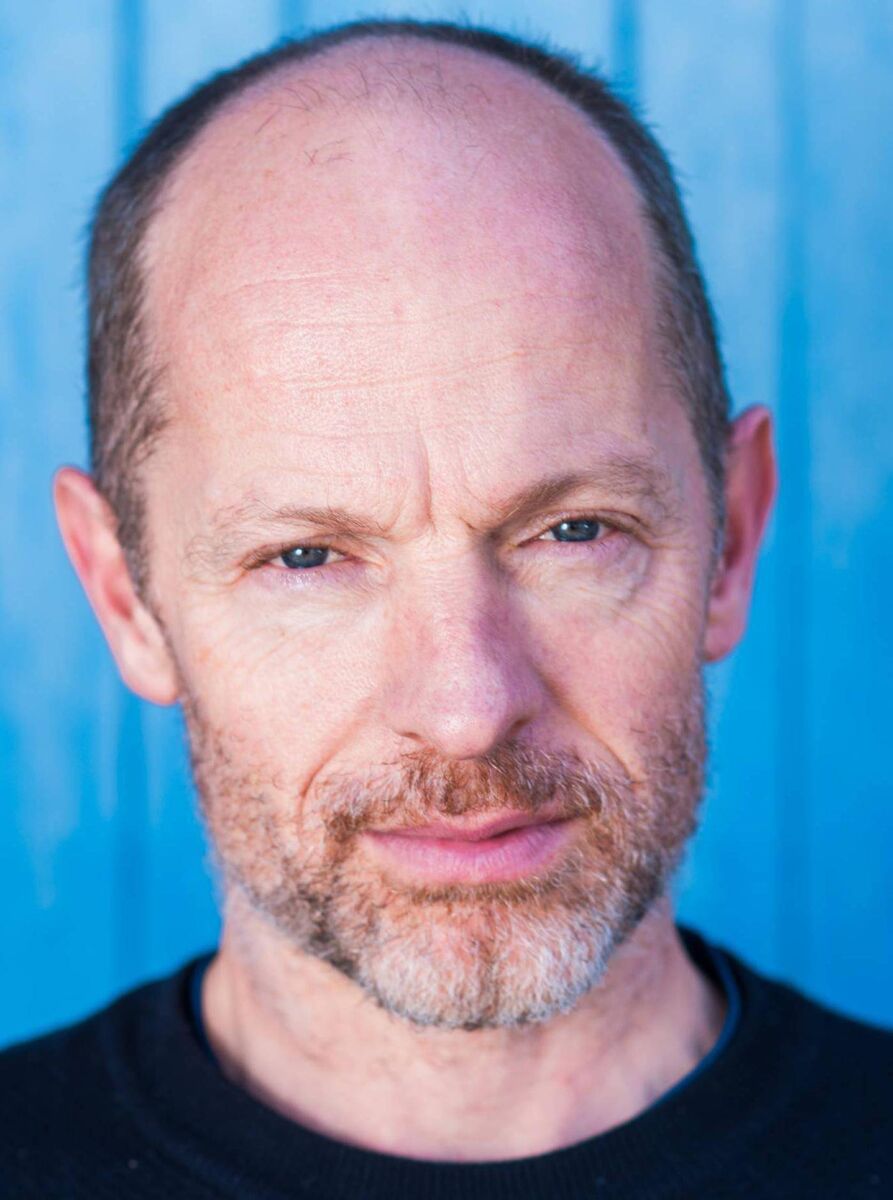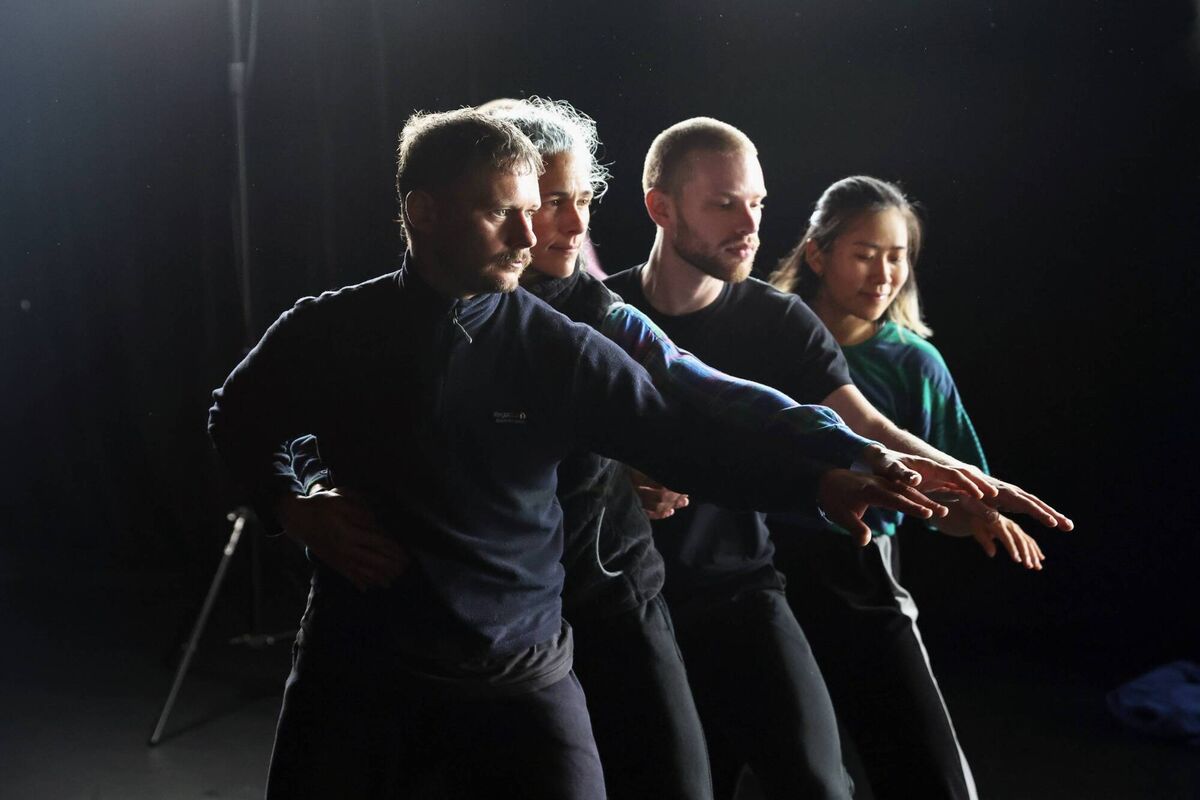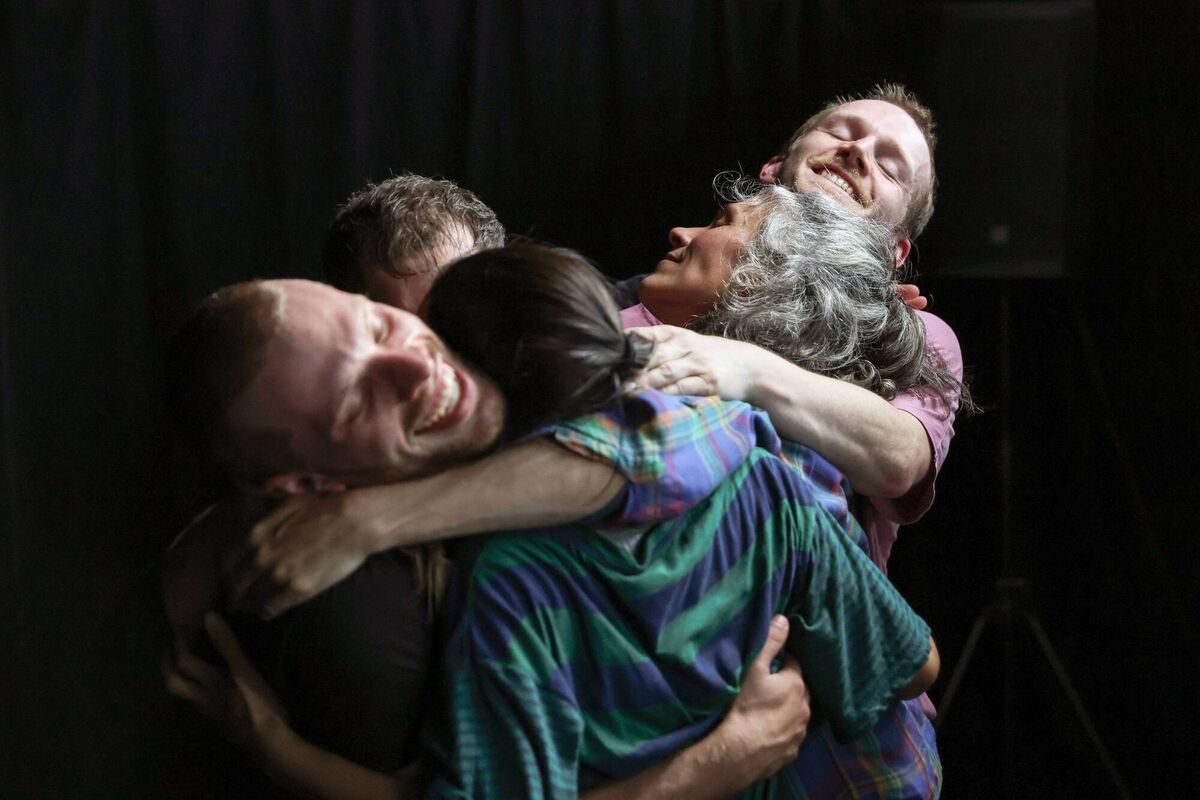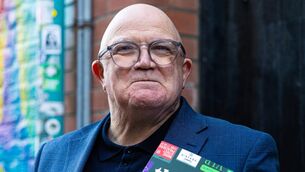Michael Keegan-Dolan on his up close and personal dance show at Teac Damsa in Kerry

Teac Damsa members preparing their newest performance ‘1975’, which utilises music from influential Irish traditional music group The Bothy Band. Pictures: Fiona Morgan
Michael Keegan-Dolan is one of Ireland’s most inventive and acclaimed choreographers, whose work has been showcased in prestigious venues from Paris to London.



- , Teac Dasa, An Ghlaise Bheag, Dingle; August 27 (preview), 28–31, Sept 3–7, 8pm; Sun, Sept 7 at 4pm; €50 general, €25 concession, €75 supporter; teacdamsa.com or via Eventbrite



